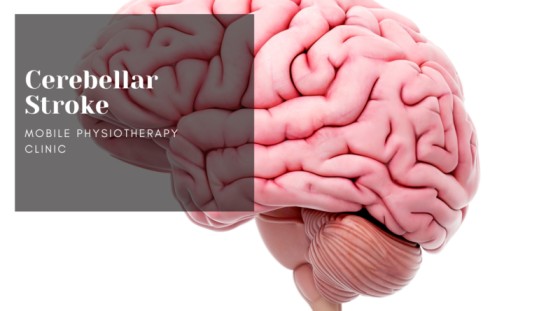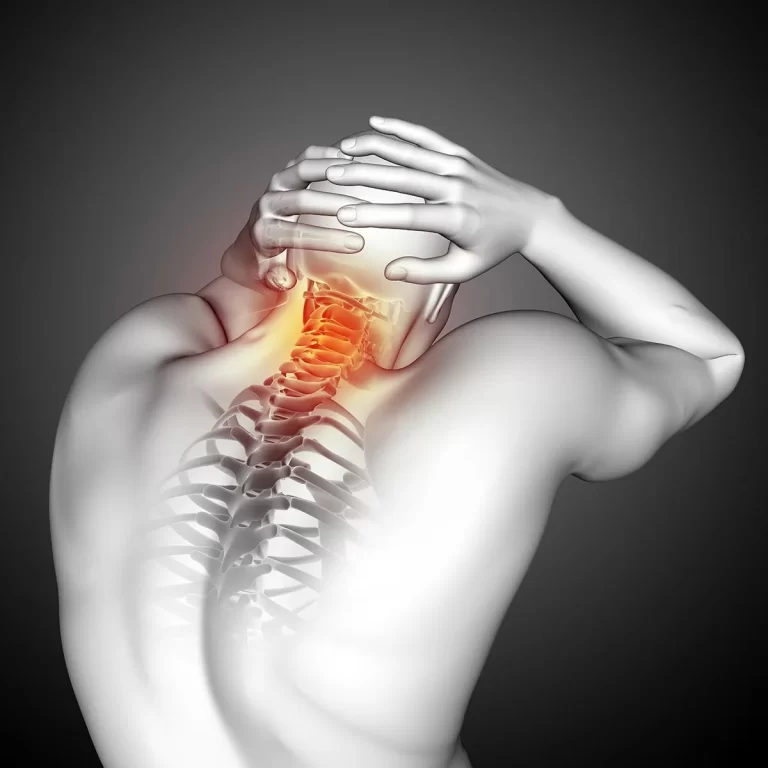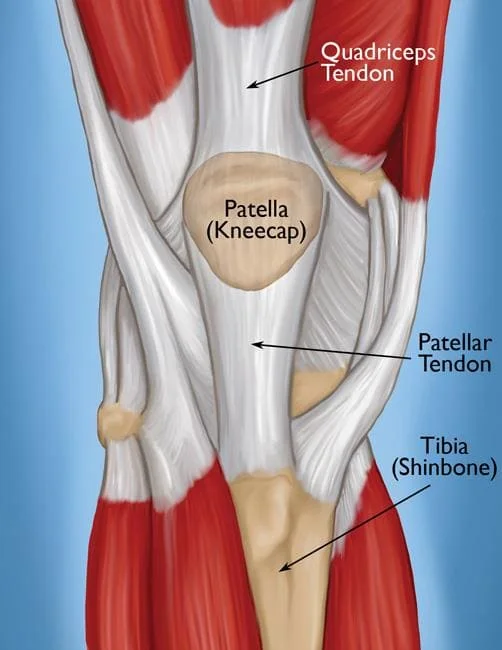Microcephaly
What is a Microcephaly?
Microcephaly (from New Latin microcephalia, from Ancient Greek “small” & is a medical condition involving a smaller-than-normal head. Microcephaly might be present at birth or it may develop in the first few years of life. Since brain growth is correlated with head growth, people with this disorder often have an intellectual disability, poor motor function, poor speech, abnormal facial features, seizures & dwarfism.
The disorder is caused by an interruption to the genetic processes that form the brain early in pregnancy, though the cause is not identified in most cases. Many genetic syndromes can result in microcephaly, including chromosomal & single-gene conditions, though almost always in combination with other symptoms. Mutations that result only in microcephaly (primary microcephaly) exist but are less common.
External toxins to the embryo, such as alcohol during the time of pregnancy or vertically spread infections, can also result in microcephaly. Microcephaly serves as an important neurological indication or warning sign, but no consistency exists in its definition. It is usually defined as a head circumference (HC) more than two standard deviations below the mean for age & sex. Some academics advocate defining it as a head circumference of more than three predictable errors below the mean for the age &sex
There is no particular medication that returns the head size to normal. In general, life expectancy for individuals with microcephaly is reduced, & the diagnosis for normal brain function is poor. Occasional cases develop normal intelligence & grow normally (apart from persistently small head circumference). It is announced that in the United States, microcephaly occurs in 2 to 12 babies per 10,000 births.
What are the Signs & Symptoms of microencephaly?
There are different types of symptoms that can occur in children. Infants with microcephaly are born with either a normal or decreased head size. Subsequently, the head fails to grow, while the face continues to develop at a normal rate, producing a child with a small head & a retreating forehead, & a loose, often wrinkled scalp. As the child grows older, the smallness of the skull becomes more obvious, although the entire body also is often underweight & dwarfed.
Severely impaired cognition development is common, but disturbances in motor functions may not appear until later in life. Affected newborns generally have noticeable neurological defects & seizures. Development of motor functions & speech may be delayed. Hyperactivity & intellectual disability are common occurrences, although the degree of each varies. Convulsions may also occur. Motor ability differs, ranging from clumsiness in some to spastic quadriplegia in others.
What are the causes of microcephaly?
Neural scans of a normal-sized skull (left) & a case of microcephaly (right)
An elderly woman with microcephaly
Six microcephalic siblings
Microcephaly is a type of cephalic disorder. It has been classified into two different types based on the onset
Congenital
- Familial (autosomal recessive) microcephaly
- Autosomal dominant microcephaly
- X-linked microcephaly
- Chromosomal (balanced rearrangements and ring chromosome)
- Syndromes
- Chromosomal
- Poland syndrome
- Down syndrome
- Edward syndrome
- Patau syndrome
- Unbalanced rearrangements
- Contiguous gene deletion
- 4p deletion (Wolf–Hirschhorn syndrome)
- 5p deletion (Cri-du-chat)
- 7q11.23 deletion (Williams syndrome)
- 22q11 deletion (DiGeorge syndrome)
- Single gene defects
- Smith–Lemli–Opitz syndrome
- Seckel syndrome
- Cornelia de Lange syndrome
- Holoprosencephaly
- Primary microcephaly
- Wiedemann-Steiner syndrome
- Acquired
- Disruptive injuries
- Ischemic stroke
- Hemorrhagic stroke
- Death of a monozygotic twin
- Vertically transmitted infections
- Congenital cytomegalovirus infection
- Toxoplasmosis
- Congenital rubella syndrome
- Congenital Varicella Syndrome
- Zika virus (see Zika fever#Microcephaly)
- Drugs
- Fetal hydantoin syndrome
- Fetal alcohol syndrome
Other
- Radiation exposure to mother
- Maternal malnutrition
- Maternal phenylketonuria
- Poorly controlled gestational diabetes
- Hyperthermia
- Maternal hypothyroidism
- Placental insufficiency
- Craniosynostosis
- Postnatal onset
Genetic
- Inborn errors of metabolism
- Congenital disorder of glycosylation
- Mitochondrial disorders
- Peroxisomal disorder
- Glucose transporter defect
- Menkes disease
- Congenital disorders of amino acid metabolism
- Organic acidemia
- Syndromes
- Contiguous gene deletion
- (Miller–Dieker syndrome)
- Single gene defects
- Rett syndrome (primarily in girls)
- Nijmegen breakage syndrome
- X-linked lissencephaly with abnormal genitalia
- Aicardi–Goutières syndrome
- Ataxia telangiectasia
- Cohen syndrome
- Cockayne syndrome
- Acquired
- Disruptive injuries
- Traumatic brain injury
- Hypoxic-ischemic encephalopathy
- Ischemic stroke
- Hemorrhagic stroke
- Infections
- Congenital HIV encephalopathy
- Meningitis
- Encephalitis
- Toxins
- Chronic kidney failure
- Deprivation
- Hypothyroidism
- Anemia
- Congenital heart disease
- Malnutrition
Genetic mutations cause most cases of microcephaly. Relationships have been found between autism, duplications of genes & macrocephaly on one side. On the opposite side, a relationship has been beginning between schizophrenia, deletions of genes & microcephaly. Several genes have been designated “MCPH” genes, after microcephalin (MCPH1), based on their role in brain size & primary microcephaly syndromes when mutated. In addition to microcephalin, these contain WDR62 (MCPH2), CDK5RAP2 (MCPH3), KNL1 (MCPH4), ASPM (MCPH5), CENPJ (MCPH6), STIL (MCPH7), CEP135 (MCPH8), CEP152 (MCPH9), ZNF335 (MCPH10), PHC1 (MCPH11) and CDK6 (MCPH12). Moreover, an association has been established between common genetic variants within known microcephaly genes (such as MCPH1 & CDK5RAP2) & normal variation in brain structure as measured with magnetic resonance imaging (MRI)?—?i.e., firstly brain cortical surface area & total brain volume.
The spread of the Aedes mosquito-borne Zika virus has been implicated in increasing levels of congenital microcephaly by the International Society for Infectious Diseases & the US Centers for Disease Control & Prevention. Zika can be transmitted from a pregnant woman to her fetus. This can result in other severe brain malformations & birth defects. A study produced in The New England Journal of Medicine has documented a case in which they established evidence of the Zika virus in the brain of a fetus that displayed the morphology of microcephaly.
Microlissencephaly
Main article: Microlissencephaly
Microlissencephaly is microcephaly associated with lissencephaly (smooth brain surface due to absent sulci and gyri). Most cases of microlissencephaly are defined in consanguineous families, suggesting an autosomal recessive inheritance.
Pathophysiology
Microcephaly generally is due to the diminished size of the largest part of the human brain, the cerebral cortex, & the condition can arise during embryonic & fetal development due to inadequate neural stem cell proliferation, impaired or premature neurogenesis, the death of neural stem cells or neurons, or a combination of these factors. Research in animal models such as rodents has established many genes that are required for normal brain growth. For example, the Notch pathway genes regulate the balance between stem cell proliferation &neurogenesis in the stem cell layer known as the ventricular zone, & experimental mutations of many genes can cause microcephaly in mice, analogous to human microcephaly.
Mutations of the abnormal spindle-like microcephaly-associated (ASPM) gene are associated with microcephaly in humans & a knockout model has been developed in ferrets that exhibit severe microcephaly. In addition, viruses such as cytomegalovirus (CMV) or Zika have been shown to infect & kill the primary stem cell of the brain—the radial glial cell, resulting in the loss of future daughter neurons. The severity of the condition may depend on the timing of the infection during pregnancy.[citation needed]
Microcephaly is a feature common to some different genetic disorders arising from a decrease in the cellular DNA damage response. Individuals with the following DNA damage response complication exhibit microcephaly: Nijmegen deterioration syndrome, ATR-Seckel syndrome, MCPH1-dependent primary microcephaly disorder, xeroderma pigmentosum complementation group A deficiency, Fanconi anemia, ligase 4 deficiency syndrome & Bloom syndrome. These findings recommend that a normal DNA damage response is severe during brain development, perhaps to protect against induction of apoptosis by DNA damage occurring in neurons.
Treatment of Microcephaly
rule out surgery for craniosynostosis, there’s generally no treatment that will increase the size of your child’s head or reverse complications of microcephaly. management focuses on ways to manage your child’s condition. Early childhood intervention programs that include speech, physical & occupational therapy may help to maximize your child’s abilities. Your healthcare provider might recommend medication for certain complications of microcephaly, such as seizures or hyperactivity.
There is no known cure for microcephaly. Treatment is symptomatic & supportive. Because some cases of microcephaly & its accompanying symptoms might be a result of amino acid deficiencies, treatment with amino acids in these cases has been shown to improve manifestations such as seizures & motor function delays
Complications
Some children with microcephaly achieve developmental milestones even though their heads will always be small for their age & sex. But regulated by the cause & severity of the microcephaly, complications may include:
- Developmental delays, including speech & movement
- Difficulties with coordination & balance
- Dwarfism or short stature
- Facial distortions
- Hyperactivity
- Intellectual delays
- Seizures
How to Prevent Microcephaly?
Learning your child has microcephaly can think questions about future pregnancies. Work with your healthcare provider to determine the cause of the microcephaly. If the cause is genetic, you may want to talk to a genetic counselor about the risk of microcephaly in future pregnancies
History
H., age 10
M., age 8
Microcephalic brothers, aged 10 and 8, 1904. Surgical marks on heads from craniectomy operations.
Microcephalic 1
Microcephalic 2
Two illustrations of microcephaly from Pennsylvania, 1906 or 1907. Note the atypical presentation in the second case.
People with little heads were displayed as a public spectacle in ancient Rome.
People with microcephaly were sometimes sold to unusual shows in North America & Europe in the 19th & early 20th centuries, where they were known by the name “pinheads”. Many of them were presented as different species (e.g., “monkey man”) & described as being the missing link. Famous examples include Zip the Pinhead (although he may not have had microcephaly), Maximo & Bartola, & Schlitzie the Pinhead,[69] Zip the Pinhead & Schlitzie the Pinhead, also stars of the 1932 film Freaks, were cited as the impact on the development of the long-running comic strip character Zippy the Pinhead, created by Bill Griffith.
FAQ
How do you assess microcephaly?
To diagnose microcephaly after birth, a healthcare provider will measure the distance around a newborn baby’s head, also called the head circumference, during a physical examination. The provider then compares this measurement to population standards by sex & age.
When should I be concerned about microcephaly?
Chances are your healthcare provider will detect microcephaly at the baby’s birth or at a regular well-baby checkup. However, if you think the baby’s head is small for the baby’s age & sex or isn’t growing as it should talk to the provider.
Does microcephaly affect intelligence?
Microcephaly is a condition where a baby’s head is much smaller than the normal head size. It is most frequently present at birth (congenital). Most children with microcephaly also have a small brain & intellectual disability. Some children with small heads size have normal intelligence.
microcephaly is a genetic disorder?
Microcephaly is an autosomal recessive gene disorder. Autosomal means that boys & girls are equally affected. Recessive means that two copies of the gene, one from each parent, are lacking to have the condition. Some genetic disorders that lead to microcephaly are X-linked.
At what age is microcephaly diagnosed?
Early diagnosis of microcephaly can sometimes be carried out by fetal ultrasound. Ultrasounds is the best diagnosis possibility if they are made at the end of the second trimester, around 28 weeks, or in the third trimester of pregnancy. Often the diagnosis is made at birth or at a later stage







